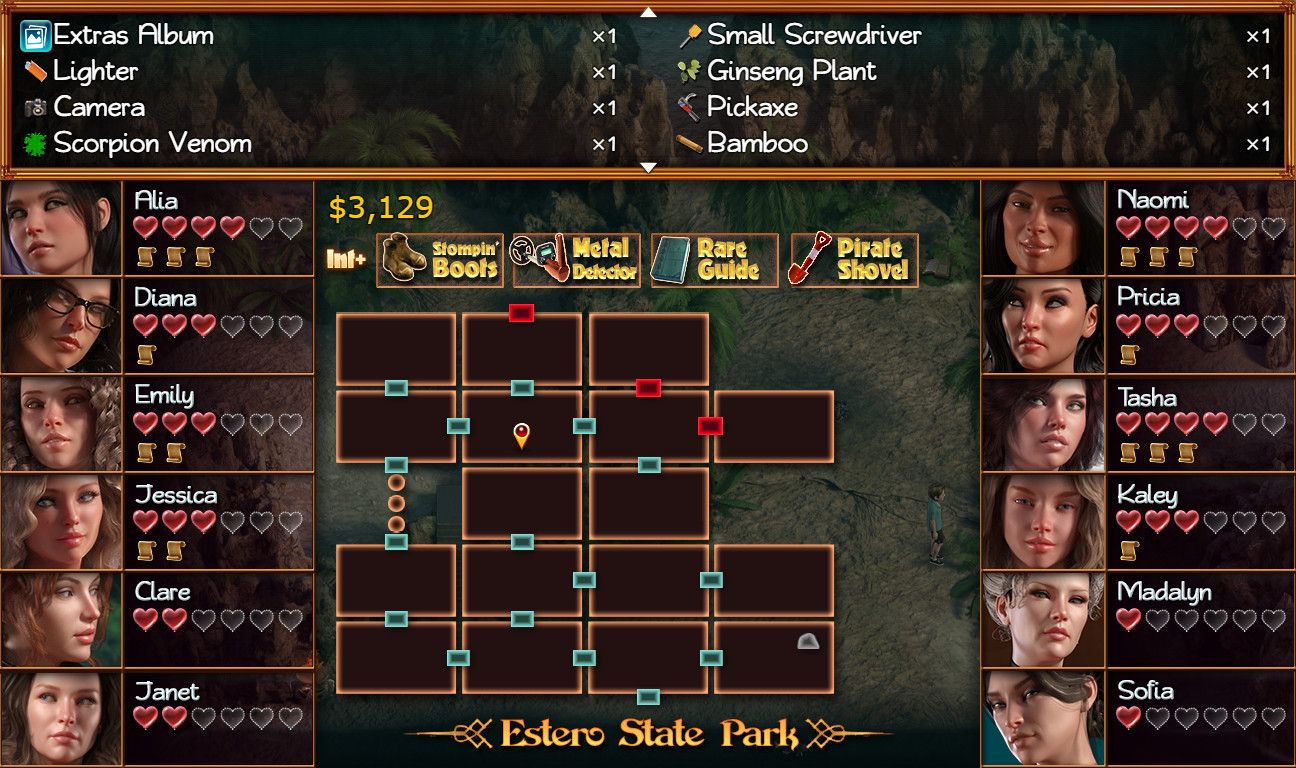Playing by oneself

This article discusses sexual themes heavily, but there is no explicit imagery and no direct links to any (although external websites can of course change).
Western relationships with sex, and its portrayal in art and the media, remain awkward and partly self-contradictory. Religious traditions combined with modern liberalism have produced a form of doublethink whereby sex is implicitly ubiquitous—and in certain senses readily available—but at the same time mostly hidden, and even shameful. Sexuality is repressed because of its sheer power: you don’t have to look far in history or personal experience to find examples of romantic or sexual urges trumping rational thought. But if we’re going to make better decisions when in flagrante delicto, and relate better to our partners and other people in general, more open and rational conversation is surely necessary, and in contexts where immediate urges are not in control.
Sexualised imagery has been used in advertising for decades now, to sell everything from perfume to yoghurt. The subtext is clear: the perfume will inexorably draw people to you; the yoghurt is sensually smooth. Yet the sale of sex itself remains heavily stigmatised, and those same advertisers baulk at any perceived association with “adult” content, when the merely highly suggestive becomes scandalously racy. Where’s the line? Some might say you know it when you see it. Since advertising is such a major source of income online, we end up with the curious situation where three of the top 20 most visited web sites in the world are porn sites, but anything at all related to sex can blacklist you from many of the others. (Honourable mentions should go to Wikipedia, currently number seven in that list, which doesn’t have advertisers and therefore doesn’t need to stifle clearly useful graphical depictions of, for example, how to put on a condom; and also Reddit, number 18, which hosts “not safe for work” content including generally open-minded and supportive communities such as the r/sex subreddit.)
That sharp line means in effect that there’s very little middle ground between the seedy, embarrassing hard-core and just people in sexy clothes. Nudity without a sexual connotation has almost nowhere mainstream to go, and neither do efforts at non-euphemistic sexual education and demystification. The hard distinction is unhelpful and over-simplistic, and as in many other areas it seems likely to push moderate content out.
Fortunately there are some countervailing voices. Dr Victoria Bateman, an academic economist at the University of Cambridge, uses her own elective nudity to confront what she calls the “cult of female modesty”, the sense that women (but not men) lose all credibility when they show their skin. Meanwhile, adult film actress Stormy Daniels has largely handled the Trump hush-money saga that has propelled her into the mainstream limelight with confidence and a scathing, sardonic wit that has no doubt surprised people. Both of these women, in very different ways, firmly defy Freud’s Madonna–whore dichotomy: they don’t hide their bodies, but they nevertheless demand to be taken seriously. They seamlessly straddle the “shameful” and the “respectable” in ways that help bridge the chasm.
Away from the open web, in the domains of film, TV and video games, and particularly where customers pay for access to content directly rather than it being subsidised by advertising, the line of acceptability is a little blurrier, or at least drawn in a different place. Sex scenes in mainstream films are nothing new—indeed, they go back nearly a century (though of course this was considered obscene at the time). Baldur’s Gate 3, one of the blockbuster game releases of this year, allows you sleep with most of the main characters—including one shapeshifted into a bear. But mainstream broadcast TV and streaming sites like Netflix don’t carry films with sex as the primary focus, and there’s no sign of that changing any time soon.
By contrast, Steam, the highly popular PC game-distribution platform, has gone further by allowing uncensored sexual content in games sold through its storefront since 2018. The player numbers aren’t huge: according to SteamDB, at the time of writing, Treasure of Nadia was the most popular “adults only” game on Steam, with a peak of 872 concurrent players over the last 24 hours, making it only the 741st most-popular game overall; Counter-Strike 2 had a peak of 1.24m, a factor of 1400 more. But there are nevertheless plenty of adult games now available, and some of them (Treasure of Nadia included) are unquestionably pornographic. Even the famously puritanical Apple gives some ground: among the games available on its App Store is Leisure Suit Larry: Reloaded, a modernised point-and-click remake of Leisure Suit Larry in the Land of the Lounge Lizards (1987), based in turn on the text adventure Softporn from 1981. It is tame by modern standards, but it’s still all about getting laid—and actually, it’s more single-minded about that than many much more explicit recent games.

While heavily skewed towards typically heterosexual male tastes, there is substantial variety across the genre, and there are informative and serious-minded efforts to navigate and normalise it, such as the Sex Positive Gaming project, run doggedly by a single person with the tagline “No shaming, just gaming”. Some games are more “gamey”, with mechanics drawn from other genres; some take the form of visual interactive fiction. Given its historically more open attitude to sex, compared to countries dominated by the Abrahamic faiths, it’s probably no surprise that Japan’s erogē contribute an outsized slice. One of the very first games containing sexual imagery was the Japanese title Night Life (1982), aimed at educating couples about new sexual positions.
Steam isn’t the only platform allowing this kind of content: Patreon and itch.io are other popular choices for adult game developers. Those developers are often single-person shops working under pseudonyms—since enough stigma remains for people to want to keep this work separate from the rest of their lives—and incremental development models are common, whereby the first part or chapter of a game is released and sales or subscriptions are used to support ongoing work to complete it. There are most definitely still rules: Steam explicitly disallows adult content not marked as such, anything illegal and “sexually explicit images of real people”. That last point may well explain why games are trailblazers in this area, compared to other media; limiting games to encounters between fictional characters sidesteps the politically charged issue of real-world sex workers’ rights and conditions.
Whether Steam or Netflix or any other media outlet has the line in the right place depends on context, and should be considered as part of location-sensitive questions of culture, values and safety. Sexually explicit games may be unrealistic (or too realistic!) and act largely as fantasy or wish-fulfilment, but the same can be said of the aforementioned Counter-Strike and many other games. On the other hand, these games can touch on some surprisingly poignant or challenging themes, or else have a cathartic levity—and, crucially, they are extremely open about sex, potentially expanding boundaries and helping with demystification. Perhaps they could have a useful role to play.
Pornography has always been quick to adapt to technological change (or indeed, to drive it). The emergence of ever more immersive virtual reality systems may move the world towards a simulacrum of physical sex becoming available that may be so powerful as to overwhelm many of our other aspirations (think Ready Player One, but with a carnal kicker). We’re not at that point yet, but we need more mature debate before we get there.
